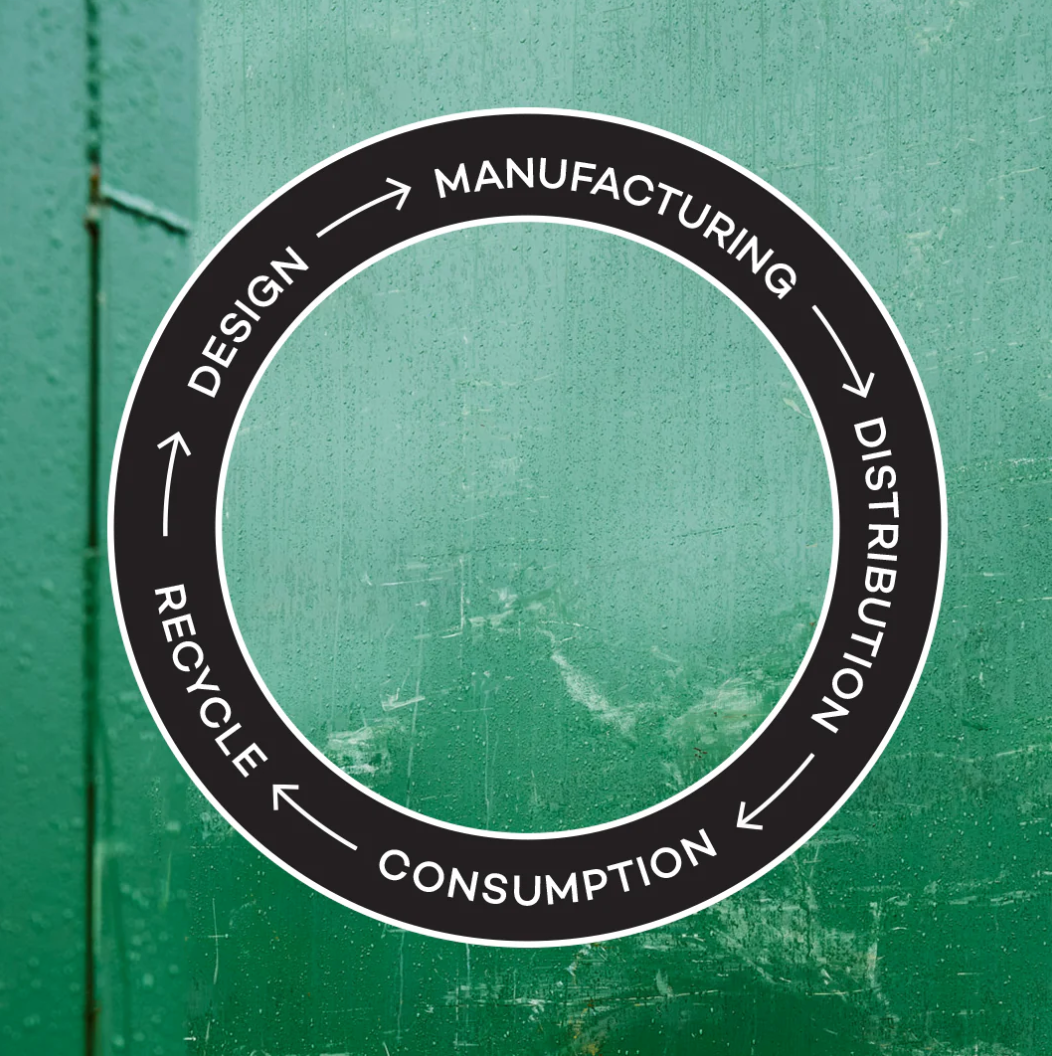The Architect's Guide to Circular Design: Building Value, Not Waste

The linear model of "take-make-dispose" is collapsing under the weight of climate crises and resource scarcity. For architects, the shift to a Circular Economy isn't just an ethical imperative; it's the future of resilient, profitable, and compliant design.
This guide outlines the three core pillars of incorporating circularity into your next project, focusing on material selection, lifespan extension, and deconstruction readiness.
1. Design for Deconstruction and Adaptability
A truly circular building or interior must be born with its own end-of-life plan. This principle fundamentally changes how you approach joins, connections, and material layering.
-
Avoid Mixed Materials: Minimize the use of permanently bonded materials (like glues, resins, or inseparable composites) that make recycling impossible. Prefer mechanical fasteners (screws, bolts, clips) that allow components to be easily separated into pure material streams.
-
Layering for Access: Design service areas (plumbing, HVAC, electrical) to be accessible and easily replaced without demolition. This extends the building's usable lifespan and simplifies maintenance.
-
Standardized Modules: Wherever possible, specify standardized, modular components (e.g., floor tiles, wall panels, furniture) that can be easily removed, refurbished, and relocated to a new project when the current tenancy or building use changes.
2. Prioritize High-Value, Regenerative Materials
The material choice represents up to 80% of a project's embodied carbon impact. The circular strategy requires you to shift focus from "low cost" to "long-term resource utility."
Key Material Categories
-
Post-Consumer Waste (PCW) & Upcycled Content: Products made from waste streams—like ocean plastic used in high-durability furniture, recycled aluminum, or reclaimed timber—immediately reduce the virgin material demand and associated embodied carbon. These materials must be verifiable and certified for the project's rating system (e.g., LEED, BREEAM).
-
Bio-based and Regenerative: Specify materials that capture carbon and can return nutrients to the earth safely (e.g., certified mass timber, bamboo, natural insulation). Ensure these sources meet rigorous third-party forest management standards.
-
Monolithic and Durable: Choose materials that can be fully re-processed into the same product with minimal energy and degradation (e.g., glass, high-purity metals).
At Wehlers, our use of traceable ocean plastic in our seating systems exemplifies this approach: the material is fully documented, durable for commercial use, and designed to be returned and re-granulated at the end of its exceptionally long life cycle.
3. Implement Digital Documentation (Material Passports)
The material passport is the digital manifestation of circularity. It turns a product from a liability into a documented asset with future value.
A material passport should include:
-
Source and Composition: Detailed breakdown of all materials (by weight/volume), including percentages of recycled content.
-
Deconstruction Instructions: Clear guidelines for separating components.
-
Economic Residual Value: An estimate of the material's value when sold back into the manufacturing cycle.
-
Traceability: A unique identifier that allows the material to be tracked through refurbishments, repairs, and eventual return to the manufacturer.
By including this documentation in your project handover, you not only elevate your sustainable credentials but provide the client with a tangible asset management tool for years to come.
Conclusion: Designing the Future Stock
The move to circular design is not just a trend; it's the most effective path to de-risk projects against future resource volatility and regulatory changes. By designing for adaptability, prioritizing regenerative materials, and documenting the assets within your projects, you are not just specifying products—you are creating a valuable, transferable resource stock for the future.





Leave a comment